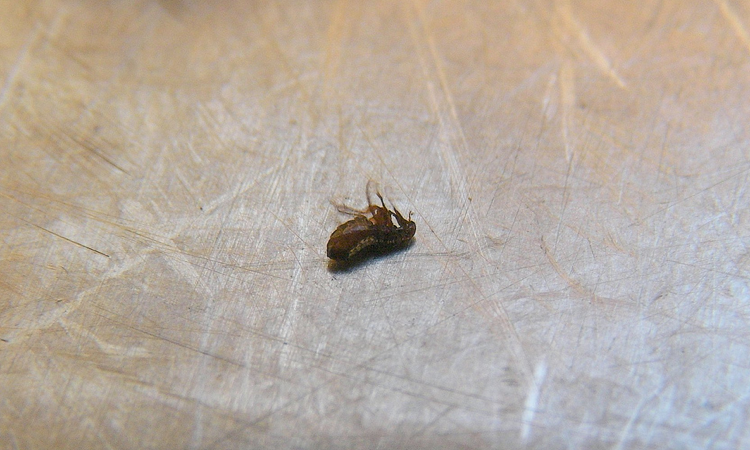Dogs love a good scratch – there’s no denying that. Whereas occasional itching or scratching is normal, as with us humans, if your dog is itching to the point that they become sore or even cut themselves, it’s time to take action to avoid any infections developing. An excessively itchy dog often means an uncomfortable dog, and though it can sometimes simply be for no reason, itching can be a sign of health issues, which means you should investigate quickly. Here are five reasons your dog may be itching, plus some tips to help prevent your pooch from getting itchy in the first place.
1. Dry Skin
Just like human skin becomes itchy when it gets dry, a dog’s skin can also become irritated when dry. Dry skin is more likely to occur during the summer when the air is drier and hotter and when your dog is more likely to become dehydrated. Dry doggy skin is usually fairly easy to spot, look for flaky patches and other tell-tail signs like dandruff. To help prevent irritated, dry skin, you should encourage your dog to drink plenty of water during the summer, or consider changing their diet to wet food. You might also want to consider changing their shampoo for a soothing, natural and homemade recipe.
2. Allergies
Your dog’s skin is more sensitive than you might think; their skin can become itchy due to several external irritants. In the summer there’s more pollen in the air (read more on dog hay fever here) as well as more bugs around both of which could irritate your dog’s skin. In better weather your dog may be spending more time outside which means they will encounter these irritants more than in the winter. To help avoid skin irritation caused by allergies, you could bathe them thoroughly on a regular basis to reduce the amount of time the irritants have on the skin. However, you should be careful about further irritating your dog’s skin with shampoos.
3. Hot Spots

Hot Spots are red, angry looking open sores on your dog’s skin that are usually warm to the touch, and can be incredibly itchy for your dog. They can be caused by an insect bite, an underlying infection, or lack of grooming. As we know, itching only makes it worse, but it’s harder to stop your dog from scratching. Hot Spots are more likely to affect dogs with long, thick coats. To reduce the risk of these occurring, keep your dog’s fur neatly trimmed and clean during the summer months.
4. Yeast Infections

A healthy level of yeast present in your dog’s stomach and skin is normal and helps keep your pooch’s immune system functioning well. But yeast can build up and become infected – this is more common in the summer as they tend to thrive in the heat and humidity. These are likely to appear in your dog’s ears and around their paws, but can develop elsewhere on the body. In light furred dogs, you may notice a discoloration in the area around the infection as they lick it to soothe the itch. Try to keep your dog as dry and clean as possible in the summer to help avoid yeast infections developing.
5. Parasites
The risk of your dog being affected by a parasite is not limited to summer, this could be a reason for your dog’s itch. The presence of fleas alone can be enough to irritate your dog’s skin, but the fact that they feed off your dog’s skin debris or blood may also cause your dog to itch. You should regularly brush your dog’s coat to help clear it of parasites and regular flea treatment is also advised.
Remember, if you’re concerned about your dog itching incessantly, don’t hesitate to see your vet. Seeking help quickly can help prevent any further infections caused by constant scratching.
Have you experienced any of these conditions with your dog? How did you combat them and how did you ease your dog’s itchiness? Tell us your stories by leaving a comment below or heading to Facebook or Twitter.


